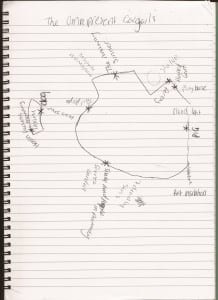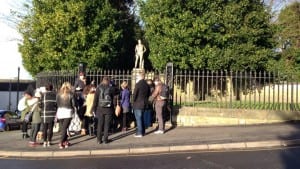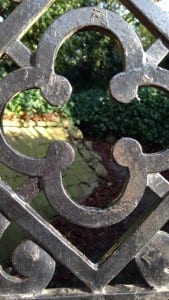Reading The Performativity of performance documentation by Philip Auslander has opened my eyes to the broad spectrum that is ‘performance’ and what is classed as such. Auslander defines the two types of performance: Documentary and theatrical which leads us to the question – what is the performance? The process or the finished product?. Originally I assumed it to be the latter, however after a comment I read I have slightly changed my mind “to argue that Klein’s leap was not a performance because it took place only within photographic space would be equivalent to arguing that the Beatles did not perform the music on their Sgt. Pepper’s Lonely Hearts Club Band album” (Auslander, 2006, 7) and of course when you consider a piece of music the original performance in your mind is the art and you are recreating this by listening to the recording. However when you think carefully the recording you hear did not happen at one time it is an accumulation of talent and arts recorded at different times, just like Klein’s leap it is not the true representation of what actually happened. Which leads to the question I stated earlier what is the performance, the process or the finished product? Musically I would argue it is the process, yet in terms of a traditional play you would rarely consider the rehearsals as a performance the whole lead up is to that finished product. This has truly opened my eyes to the possibilities site can offer as it is a form of non traditional theatre which we have the freedom to do whatever we desire with.
After forming our groups yesterday we considered doing a piece of Verbatim theatre, perhaps in the form of a tour or misguide. The text would be taken from snippets of conversation we would record from tourists/locals in and around the cathedral to see if we can create a mythogeographical walk based on rumours and old folk tales. The walk would probably be around the cathedral in our order to make our audience/participants take a different stance on the cathedral after our performance had finished instead of just looking at the front and seeing it as a building of breath taking beauty, we want to dig deeper.
This is a map me and my partner made my walking around the cathedral. We chose to do this because just by chance when walking around the cathedral we found very interesting things unnoticed at the first glance, such as headless figures and skull gargoyles. We are interested in bring this feeling to our audience by making them look at the cathedral differently during and hopefully after our performance.
Auslander, P. (2006) The Performativity of performance documentation. PAJ 28:3




